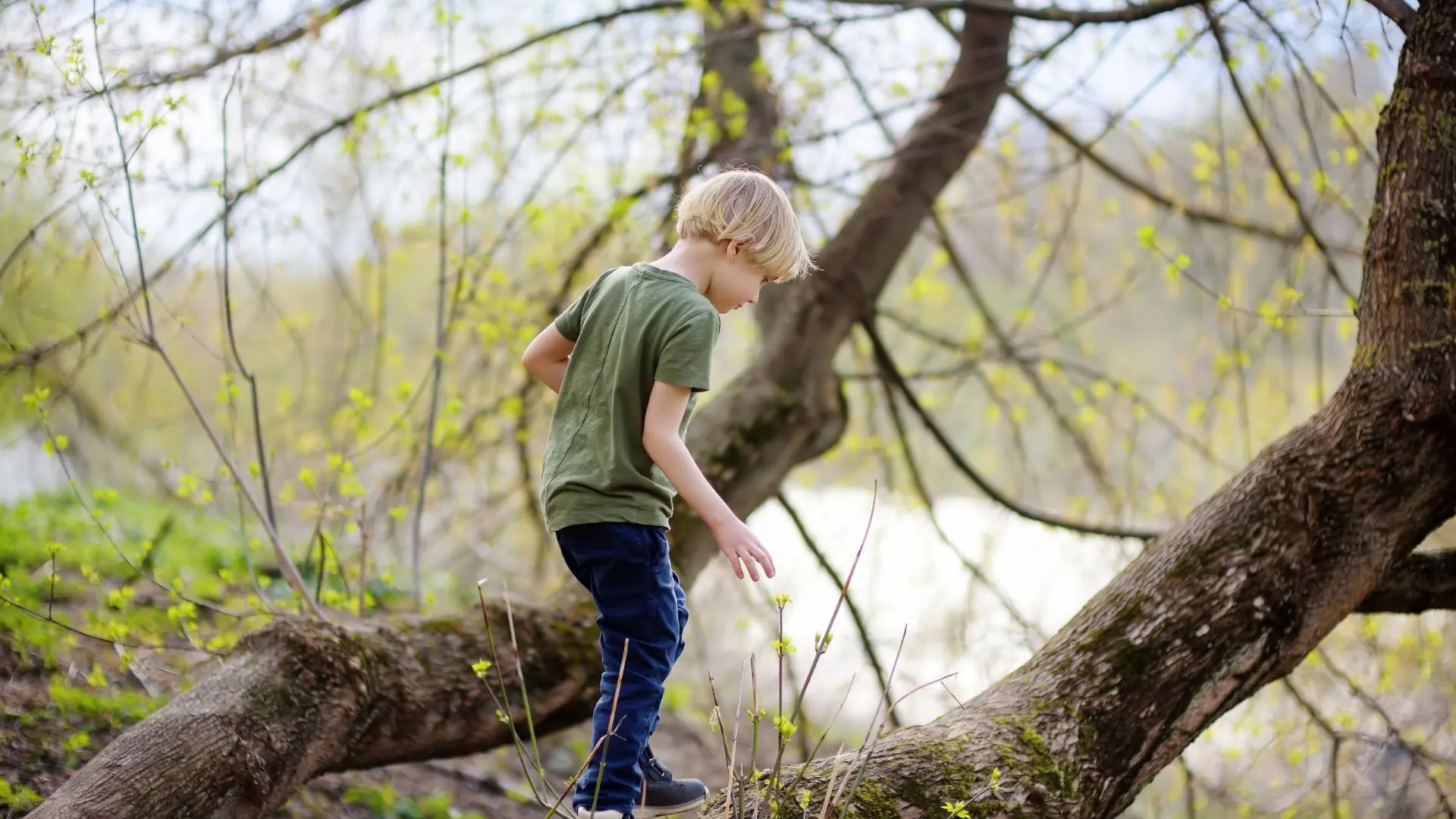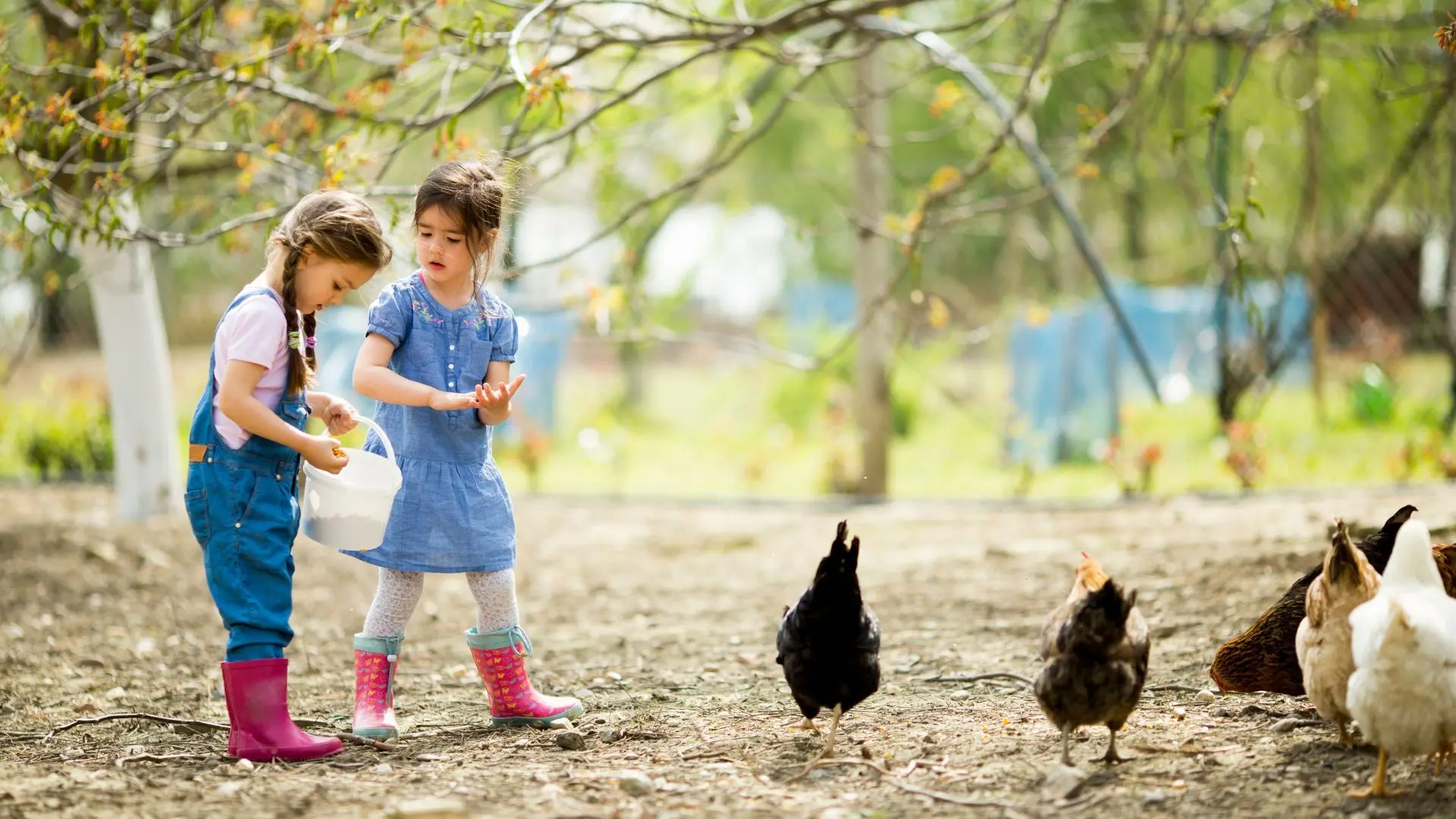Free Range Parenting encourages exploration, but we must prioritize safety. Learn how to protect your children.

Free Range Parenting is all about letting kids be kids—exploring, learning, and growing with independence. But how do you keep them safe while giving them the freedom to roam? Discover the secrets to balancing adventure and safety in your parenting journey. Read on to find out how you can raise confident, resilient children without compromising their security.
What is Free Range Parenting?
Free Range Parenting is a philosophy that encourages giving children more freedom to explore, learn, and make decisions on their own, within reason. This approach contrasts sharply with the more controlled and structured parenting styles we often see today. Instead of constantly hovering, free-range parents believe in stepping back and letting their children experience the world, sometimes even making mistakes, to foster independence and resilience.
This method is grounded in the belief that children learn best through doing. When kids are allowed to navigate the world with less direct supervision, they develop a stronger sense of self and a greater ability to handle life’s challenges.
What are the Benefits and Drawbacks of Free-Range Parenting?
Free Range Parenting promotes independence, resilience, and confidence in children by allowing them to explore and learn through experience. This approach encourages problem-solving skills, physical activity, and a love for nature while fostering responsibility and social competence. By managing their own tasks and interactions, children develop valuable life skills and a sense of self-reliance.
However, Free-Range Parenting also poses safety risks, such as exposure to traffic, strangers, and accidents, and may be perceived as neglect. To mitigate these dangers, parents should establish clear boundaries, teach safety practices, and maintain open communication, ensuring children’s freedom is balanced with adequate supervision and security measures.
So, what is the solution? Here it is.
How to Balance Freedom with Safety in Free-Range Parenting
Free Range Parenting faces criticism for potentially being seen as neglect, with concerns about dangers like traffic and strangers. Balancing freedom and safety is crucial. Parents should proactively teach safety measures, gradually increase independence, and ensure children are prepared to handle various situations responsibly.

Here’s how parents can embrace Free Range Parenting without exposing their children to dangerous situations:
- Set Clear Boundaries: Establish rules and boundaries that ensure safety without being overly restrictive. For example, allow your child to play at a nearby park but set a curfew for when they need to be home.
- Use Technology Wisely: Equip your child with a GPS tracker or a simple phone that can be used to check in regularly. This allows you to know their location without hovering.
- Know the Neighborhood: Familiarize yourself with your neighborhood and identify safe places where your child can go if they need help, such as the homes of trusted friends or family members.
- Talk to Your Kids Often About Safety: Regularly discuss safety rules and scenarios with your children. Teach them to never accept candy or gifts from a stranger and to never go anywhere with a stranger, even if it sounds like fun.
- Teach Them to Recognize Danger: Instruct your children to run away and scream if someone follows them or tries to force them into a car. They should also say no to anyone who tries to make them do something you’ve said is wrong or touches them in a way that makes them feel uncomfortable.
- Emergency Information: Ensure that younger kids know their names, addresses, phone numbers (including area code), and who to call in case of an emergency.
- Point Out Safe Places: Show your children the homes of friends around the neighborhood where they can go in case of trouble. Make sure they know whose cars they may ride in and whose they may not.
- Stranger Danger: Teach your children to move away from any car that pulls up beside them and is driven by a stranger. Develop code words for caregivers other than mom or dad, and remind your kids never to tell anyone the code word.
- Set Boundaries: Set boundaries about the places your kids go. Supervise them in places like malls, movie theaters, parks, and public bathrooms, or while fundraising door-to-door. Teach them not to ride with anyone they don’t know or with anyone who doesn’t know the code word.
- Safety Drills: Practice safety drills with your children, such as what to do if they get lost in a store or how to react if a stranger approaches them.
- Regular Check-Ins: Have regular check-in times, especially when they are out playing or exploring. This ensures they have a touchpoint without feeling overly monitored.
- Community Involvement: Get to know your neighbors and build a network of trusted adults who can help keep an eye out for your children. Community involvement can provide an additional layer of security.
Conclusion
In a world where parenting styles vary widely, Free Range Parenting offers a refreshing perspective that emphasizes trust, independence, and resilience. By giving children the freedom to explore and learn on their own, we can help them grow into confident, capable adults while also ensuring their safety.
Remember, every family is different, and there’s no one-size-fits-all approach to parenting. Free Range Parenting might be the perfect fit for some, while others may prefer a more structured approach. The key is to find what works best for you and your child, always keeping their safety and well-being in mind.
So, what do you think about Free Range Parenting? Are you ready to give it a try, or do you have reservations?
Share your thoughts and experiences with us – we’d love to hear from you!
You may also be interested in : Homeschooling a Teenager: 7 Horrible Mistakes to Avoid